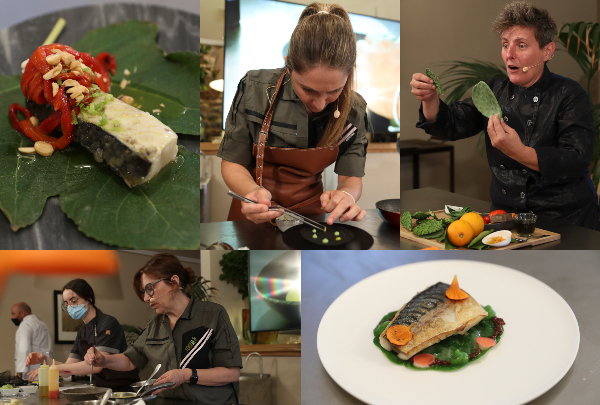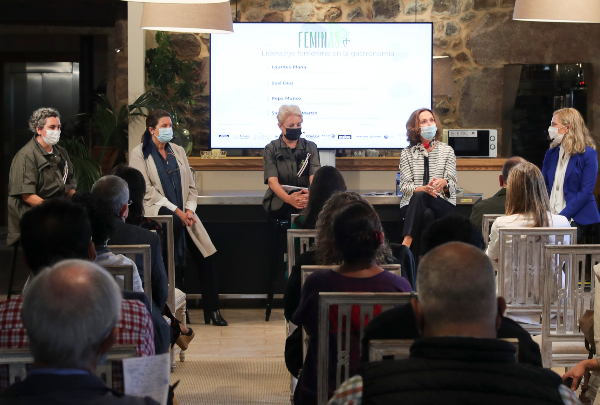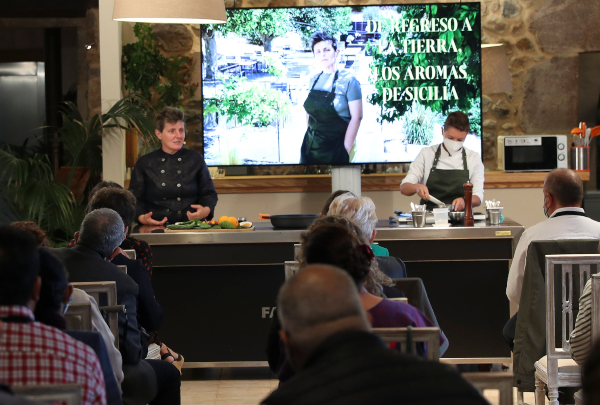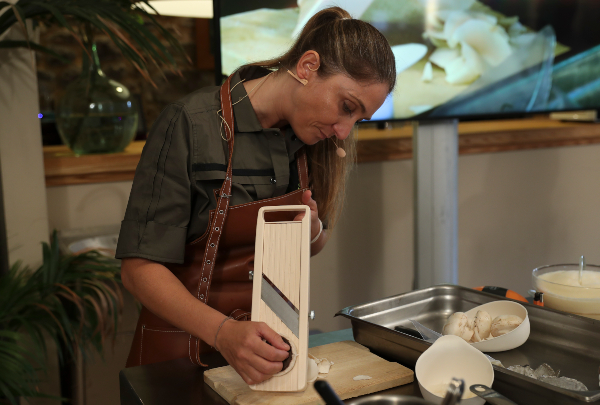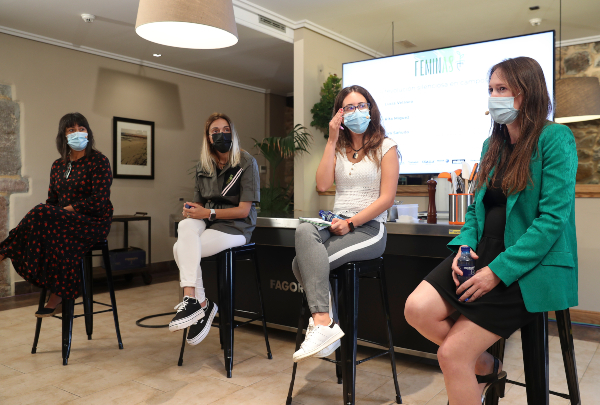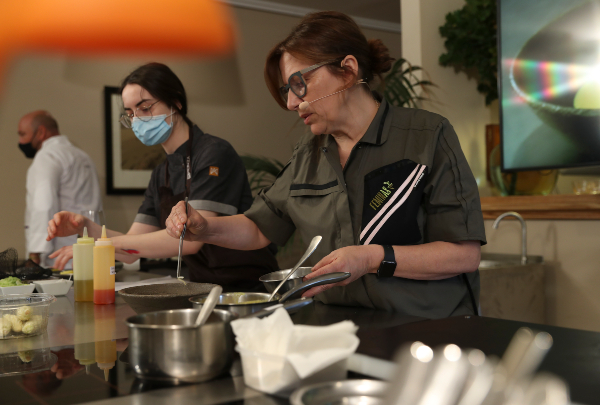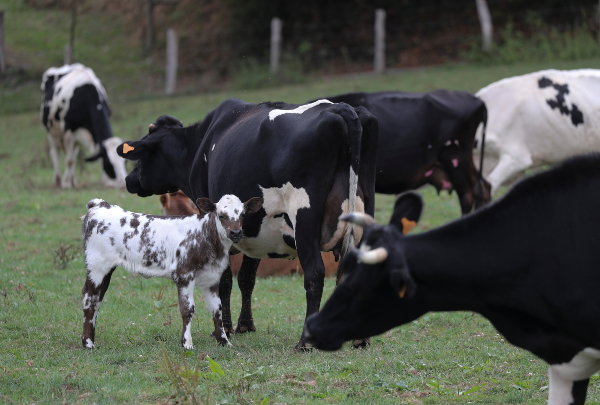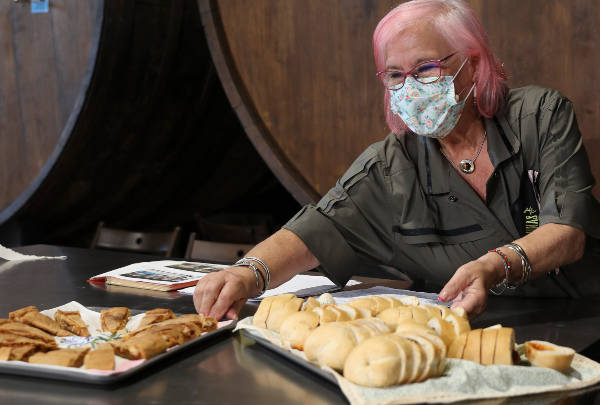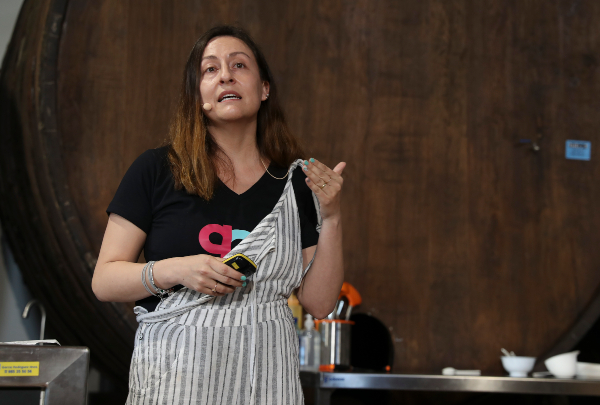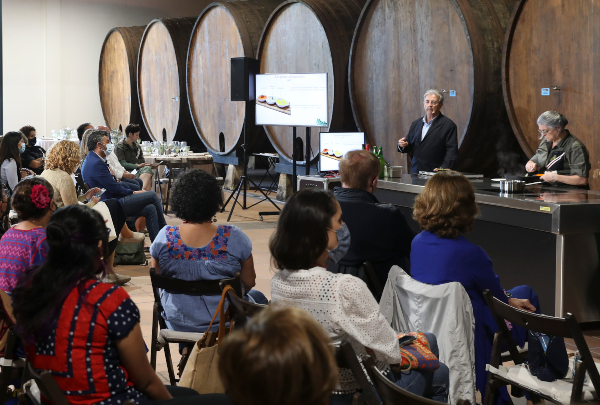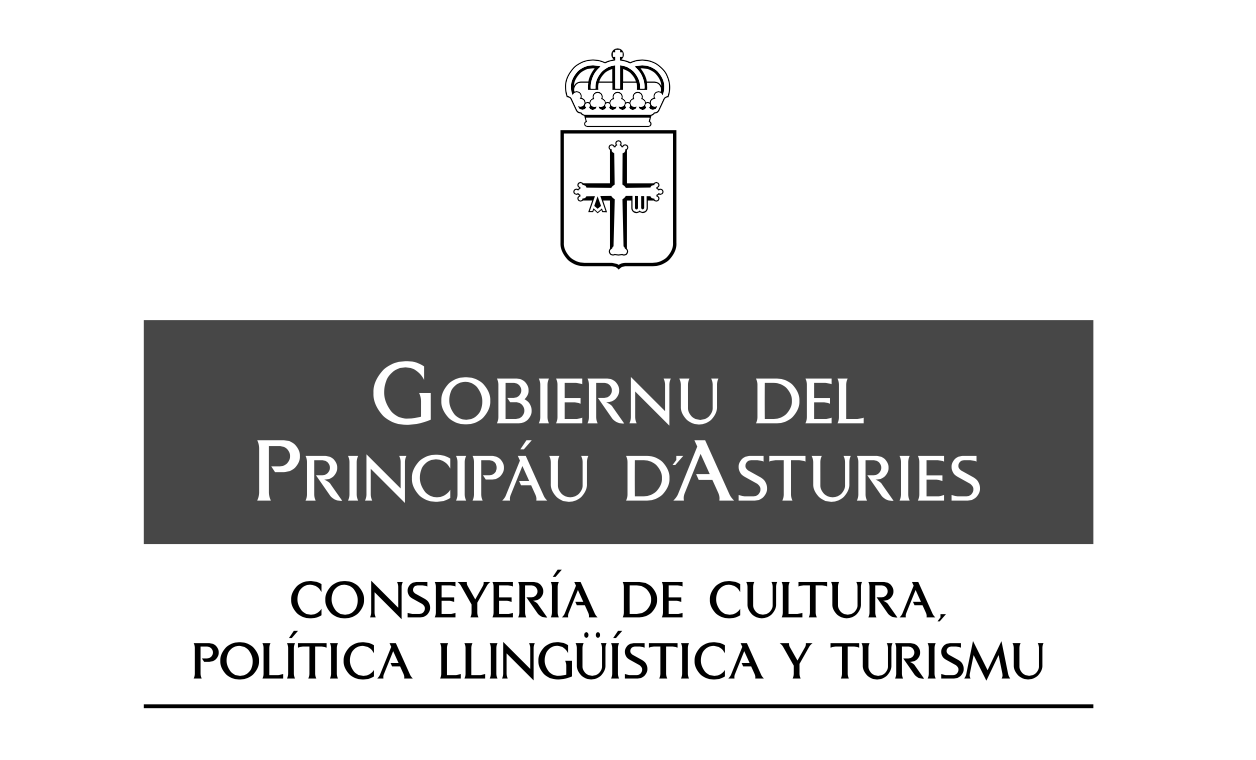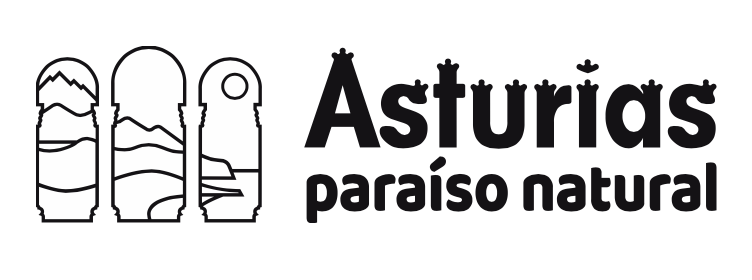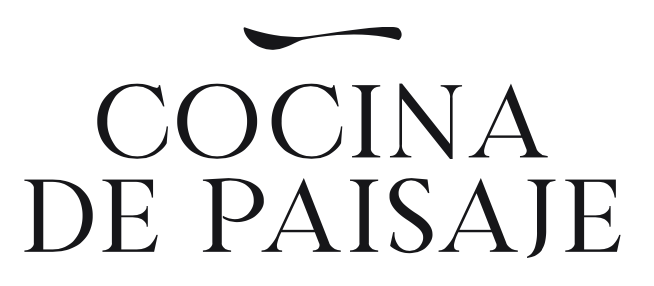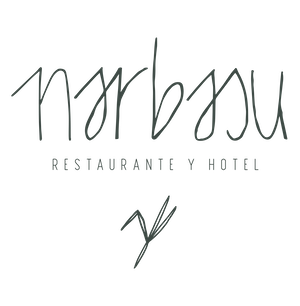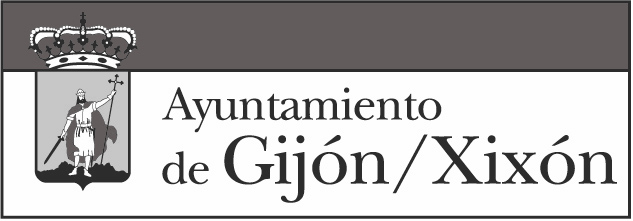News
Elena Lucas: "I decided to make the landscape of my surroundings part of my dishes"
.jpg)
When Elena Lucas joined the family business 20 years ago, she was sure that what she could see from the restaurant window, the mountain and pine forest scenery, had to be part of her recipes. The importance of putting her recipes into a local context and the need for resources at a time when it was not so easy to gain access to products were two factors that turned mycology and pine forests into the unquestionable star attractions on the menu at her La Lobita restaurant.
Elena accepted what she was given by nature around Navaleno - a village in Soria with a population of barely 800 - and gave it such a touch of innovation and creativity that many diners are willing to drive for kilometres to eat at her restaurant.
“My cooking looks to the mountain because that's our surroundings, and 20 years ago those were the resources we had, because there was no easy access to everything like there is now", said Elena. This is the reality demonstrated in her cooking, and the reality shown to the FéminAs congress in five of her recipes: "country saw mill", "mountain razor clam", "boletus escabeche", a pepper trompe l'oeil with amanitas, cheesecake and "costrada" pastry. Mycology is the main theme in all of them, because this chef is keen to point out that fungi have much more potential than a "sauté".
In her first "country saw mill" recipe, Lucas replicates the scenario of a saw mill, as the name infers. Pollen and cocoa nibs simulate the wood shavings, while a fungus pâté moulded and painted with cocoa recreates the trunk. The final touch: a syrup simulating the tree's sap.
The stem of mica caps is used for the second recipe, "mountain razor clams". As the chef explained, this fungus is particularly delicate and must be eaten two or three hours - at the latest - after it has been picked. Known as the mountain's baby squid - because of the shape of its head, and also because it releases a kind of ink when it is picked - its stem is not generally used. Elena makes use of it, and gives it a second life. “Its shape reminds me of razor clams, and that inspired me for the recipe”, she says. She cooks the stems of the fungus to give them a texture similar to that of the mollusc. She then garnishes with clam juice and adds some pepper jam - for a spicy/sweet touch - along with shoots and grated pine cones from the forest.
The third offering, "boletus escabeche", is a traditional recipe. “Brines are useful for conserving game or fungi, but if fungi are in brine for a long time, they lose their flavour", she says. In order to prevent any impairment of the product's characteristics, she first extracts the fat from the brine. She then makes a cream, which is texturised and placed on the plate as the base. She then adds the boletus fungus - cooked only a little so that it loses none of its smoothness - a few pickled fir shavings, and small pine cones.
Then comes the pepper trompe l'oeil. Lucas says that these fungi must be cooked very gently so that they do not lose their colour - she advises 50º for 10 minutes. A knob of butter in the frying plan is joined by pepper stock, the liquid produced by cooking the amanita, and the amanitas. This is all garnished with the pepper juice. She then adds a little more butter and salt.
The last two offerings are cheesecake in the form of a jigsaw made by a company which makes artisan children's games, Cocolate. And finally, "costrada", a typical Soria pastry eaten at celebrations, inspired by one of her regular producers, Celia, her truffle supplier.
The restaurant's version of cheesecake is presented with two small cheese cones with some twigs, mountain leaves, a butter biscuit and streaks of jam.
The "costrada" is made from a simulation of pastry with an ovulate filled with pasteurised yolk, truffle, and a scattering of sugar.
Elena Lucas finished off by thanking the women in her family for their work, because it was thanks to them that "I'm here", and also the congress for showcasing the role of women in rural areas.

